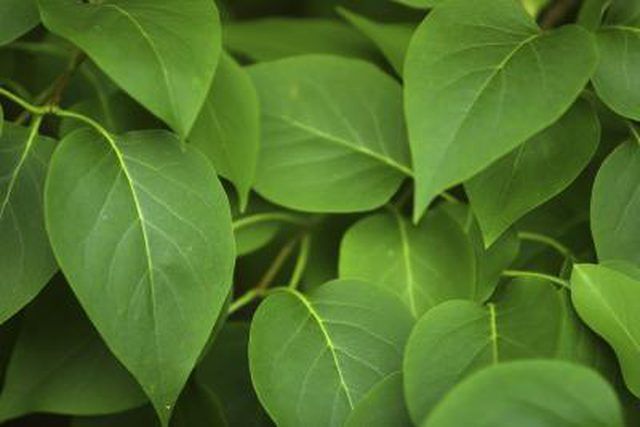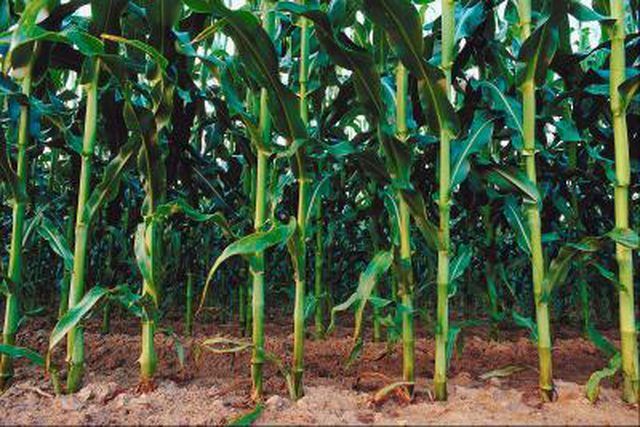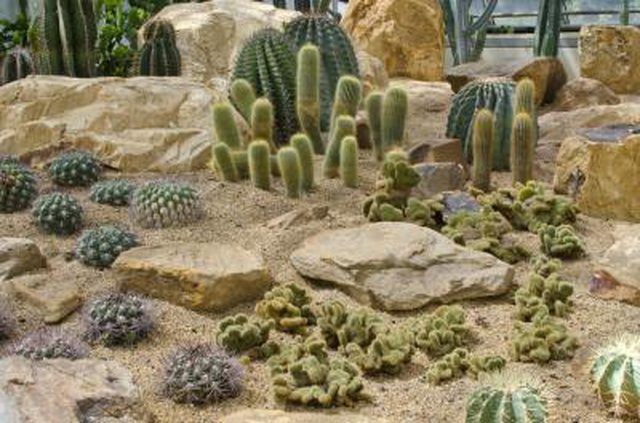Bulbs
Flower Basics
Flower Beds & Specialty Gardens
Flower Garden
Garden Furniture
Garden Gnomes
Garden Seeds
Garden Sheds
Garden Statues
Garden Tools & Supplies
Gardening Basics
Green & Organic
Groundcovers & Vines
Growing Annuals
Growing Basil
Growing Beans
Growing Berries
Growing Blueberries
Growing Cactus
Growing Corn
Growing Cotton
Growing Edibles
Growing Flowers
Growing Garlic
Growing Grapes
Growing Grass
Growing Herbs
Growing Jasmine
Growing Mint
Growing Mushrooms
Orchids
Growing Peanuts
Growing Perennials
Growing Plants
Growing Rosemary
Growing Roses
Growing Strawberries
Growing Sunflowers
Growing Thyme
Growing Tomatoes
Growing Tulips
Growing Vegetables
Herb Basics
Herb Garden
Indoor Growing
Landscaping Basics
Landscaping Patios
Landscaping Plants
Landscaping Shrubs
Landscaping Trees
Landscaping Walks & Pathways
Lawn Basics
Lawn Maintenance
Lawn Mowers
Lawn Ornaments
Lawn Planting
Lawn Tools
Outdoor Growing
Overall Landscape Planning
Pests, Weeds & Problems
Plant Basics
Rock Garden
Rose Garden
Shrubs
Soil
Specialty Gardens
Trees
Vegetable Garden
Yard Maintenance
Difference Between C3 & C4 Photosynthesis
Difference Between C3 & C4 Photosynthesis. Photosynthesis, the process by which plants use chlorophyll to transform solar energy into easily retrievable storage units, can be divided into three different types: C3, C4 and CAM photosynthesis. The difference between the three types is the manner and location in which photosynthesis takes place, and...
Photosynthesis, the process by which plants use chlorophyll to transform solar energy into easily retrievable storage units, can be divided into three different types: C3, C4 and CAM photosynthesis. The difference between the three types is the manner and location in which photosynthesis takes place, and each has its benefits and disadvantages.

One of the most important processes in the continuation of all forms of life on our planet is photosynthesis, the manner in which plants and some algae take energy from the sun and store it within the bonds of sugars. Photosynthesis is a simple process that needs only light, water and carbon dioxide to take place.
The chemical formula that describes the route of photosynthesis is 6CO2 + 6H2O (+ light energy) ? C6H12O6 + 6O2. The process produces the oxygen that is needed by all animals to breathe as a by-product.

C3 plants are the most numerous on the planet and profit most from conditions that are cool and moist with normal light. C3 photosynthesis gets its name because the carbon dioxide that is breathed in by the plant in order to convert light into high-energy sugars is incorporated into a 3-carbon compound.
Photosynthesis occurs when the carbon dioxide is bonded with water to produce sugar and oxygen as a byproduct. The sugar is stored and used as a source of energy and raw materials in order for functions such as growth and production to take place. Photosynthesis takes place in all parts of the leaf in C3 plants.

C4 plants include corn, sugarcane and several types of grass. These plants take in carbon dioxide through their stomata (pores on the leaf surface through which carbon dioxide enters and water and oxygen exits) at a faster rate than C3 plants, allowing carbon dioxide to be delivered immediately for photosynthesis in inner cells. The C4 indicates that carbon dioxide is incorporated into a 4-carbon compound.
These types of plants have adapted to high-temperature, bright conditions in order to reduce the damage caused by photorespiration (a process that occurs when carbon dioxide levels are low and the cells burn oxygen, which slows plant growth).

The third type of photosynthesis is called CAM because carbon dioxide is stored initially as an acid during the night when the stomata are open. CAM plants, such as cacti and agaves, perform best in arid conditions, where the acid is broken down to release the carbon dioxide during the day for photosynthesis to take place when the stomata are closed. CAM plants have developed a method that enables their survival and even growth in conditions where other types of plants would go dormant and even lose their leaves.

Chlorophyll is an important pigment in photosynthesis because of its ability to absorb light. It absorbs mostly blue and red light, giving plants their green appearance to human eyes, and transfers the light energy to a central chlorophyll molecule in order to facilitate photosynthesis.
